A yellow jacket is a name given to the common insects found in North America knows as “wasps.” The name is derived because of their beautiful yellow color with black stripes on them. These bugs are smaller than bees, only about 12m long; however, their queen is about 19mm long.
, Unlike bees, the wasps do not have brown hair on their body and do not carry pollen. They make their nests in protected areas of your garden, far from the sunlight, wind, and rain. You might have seen them inside your building, inside the walls, or even under the rabbit holes.
Some Detailed Information About The Yellow Jackets
If you wonder how yellow jackets are formed, the answer is the same as any other bees, the mother lays the egg, the egg becomes a larva, changes into a pupa, and an adult carrier appears.
The queen who lays the eggs find a particular safe nest first; she then makes a nest out of paper and secretly lays her eggs. One queen, at a time, can lay up to 50 eggs, which multiply in time.
When the eggs have converted into wasps, they take control of their own. They then let their queen rest and feed the rest of the larvae. It takes time for them to convert into adults, probably by summer, builds a much stronger nest, cares for their queen, and feed any other larva.
Like the queen of honeybees, their queen stays in the nest and continues laying many eggs until there are thousands of them. During winters, the nest expands twice, thrice as earlier. During winters, male wasps mate with females, die, and a new generation comes. It is essential to clean and get rid of each yellow jacket, as just one of them can create a whole other colony.
Yellowjackets feed on food that is high in sugar and carbohydrates as they give them energy. They wander around fruits, sugary snacks, desserts, or even in trees to suck at saps. The larva needs protein to grow, so the other adult wasps feed on meat and fish to provide protein. The larva repays the adult wasps by secreting some sugar, which is eaten by adults.
Their stings are not like bees. A bee can die if it stings a person; however, if a wasp stings you, you will have a severe effect until you treat it. They work much like bees and feed on garbage, human feces, and rotting food.
There are three types of yellow jackets available around us; all of them are different; that is why it is crucial to distinguish between them.
Bees
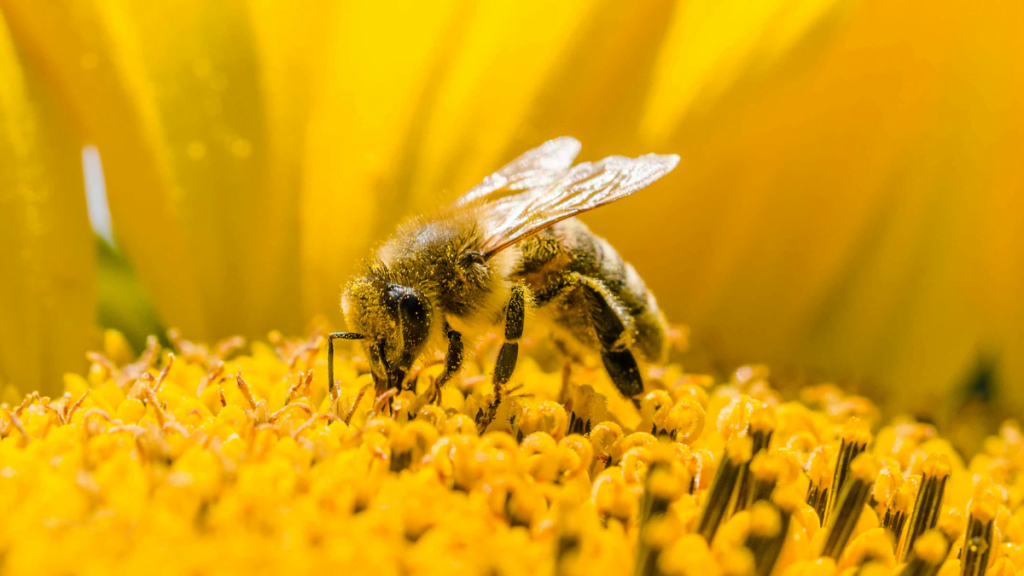
Bees are insects required to play the role of pollination. They collect the pollen from one flower and pass it on to another. Bees never sting anyone because if they will, they will die. Bees are only responsible for making honey and the process of pollination.
Hornets
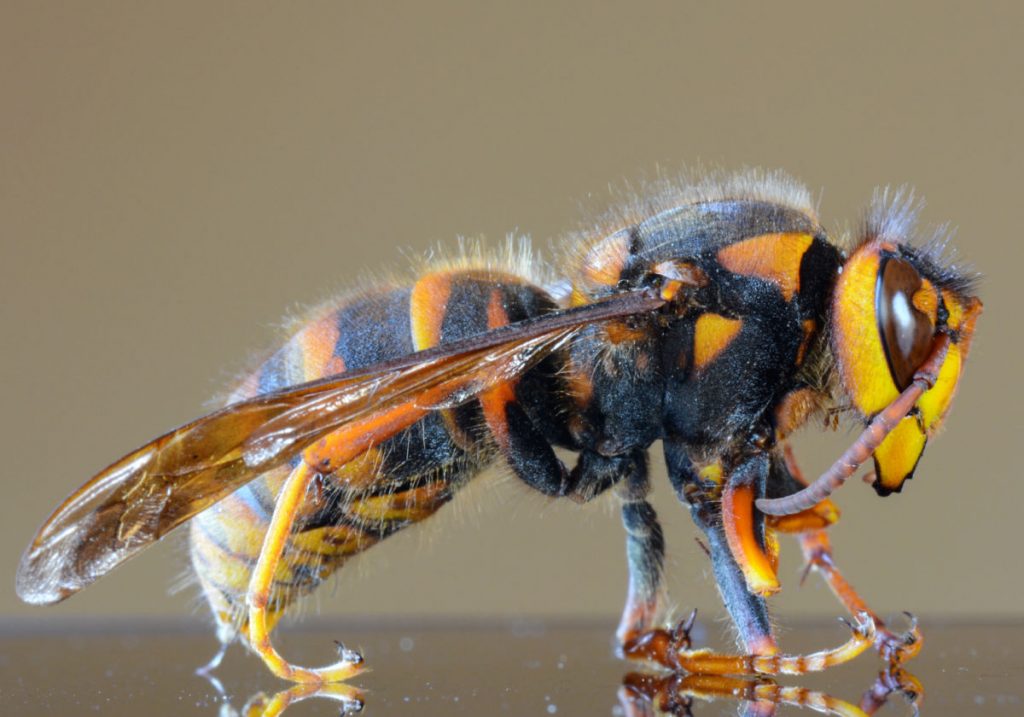
Hornets are the largest wasp and somewhat like a yellow jacket. Their sting is very dangerous. However, the chances of getting stung by a hornet are scarce, so you do not have to worry about that.
Bumblebees
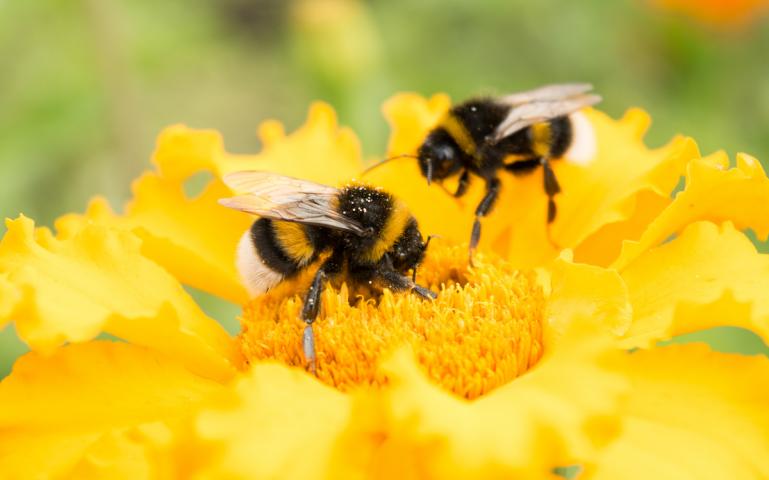
Bumblebees are sweet; they are not as aggressive as hornets and yellow jackets. They are capable of stinging multiple times but only when they feel they are threatened.
There are many insects called yellow jackets, and you may get confused between a wasp and the rest of the yellow jacket insects.
You might get confused since all of them are yellow; one primary way to identify between a wasp and the rest of the insects is their size.
It is essential to identify which one is the wasp and which are the other insects. And once you do that, you should know how to get rid of wasps.
The main question that now arrives is how you can get rid of yellow jackets without killing them.
Well, you are in luck today because we have a few options that will help you get rid of yellow jackets.
Sugars – Always keep your sugary snacks and drinks inside your house, and if you want to keep them outside, always cover them with a lid. Avoid having dinners outside since you never know when a yellow jacket can attack it since they are always looking for the food. If you keep the hummingbird feeder outside your house, this sugary water can also attract the yellow jackets instead of keeping the plain water with no sugar.
Garbage – Since yellow jackets attract garbage, it is essential to clean the garbage out. It is essential to make sure that there are no food sources outside your house. If you have not emptied your garbage cans or kept your animal’s food outside, or any other sugary and carbohydrate-rich food is kept outside, then the yellow jackets will attract them. So, make sure to clean everything up. Seal your garbage cans and feed your animals inside.
Cucumber – This is an old remedy, so it might or might not work. Slice up some cucumber slices, keep them somewhere near your garden, hang them as a garland, and tie it against your wall. The cucumbers have some natural acid, which acts as a repellant to avoid yellow jackets. Yellowjackets do not like this acid’s smell or taste and prefer to stay far away from it.
Perfumes – All perfumes and deodorants carry a sweet smell, which attracts yellow jackets. We all like a sweet, flowery scent, and so do the wasps. So, whenever you are going near your garden or cleaning your house, make sure not to wear any perfume or deodorant at that time.
Clothes – Avoid wearing bright colors. Like bees, wasps are also attracted to bright colors. You cannot kill a yellow jacket, because if one dies, it will bring more members of their clan, so instead, whenever you want to go outside to check your garden or walls, wrap up something dark on top of your clothes if you are not wearing a dark dress.
How Can You Treat Yourself if a Wasp Stings You?
If you accidentally get stung by a wasp, you will feel the effect straight away. It is excruciating but can be treated. There are very few cases in which you need special medical attention and lengthy treatments. First, you will start to feel some pain; then, the area might become red and swell up. Treating the sting is easy, but it is a speedy process.
You need first to remove the sting if any of it is left in the skin. The redness around the sting is common and can be solved by putting ice on it. For the swelling, you can take some antihistamine to reduce it, and if it is severe, take some ibuprofen. If a rash seems to appear near the sting, then immediately go to a doctor.
Besides the treatment, having mint leaves in your garden is a great way to repel yellow jackets; their strong smell will drive away from the yellow jackets. Wormwoods and lemongrass can also be planted to drive them away.
Install these plants among the rest of your plants; their smell will make yellow jackets drive away from your garden. When you try to remove a yellow jacket nest, it should be done carefully. All the birds or animals, or insects defend their nests, but yellow jackets and hornets are very aggressive if their nest gets touched.
Try having a bait for yellow jacket sugar and meat, trap the adult yellow jackets and drive them away from the nest. Whatever you try to do, prefer to do it at night, since they cannot see anything correctly at that time.
Conclusion
You can easily repel yellow jackets; however, you should make sure that there are no yellow jackets in your area. Yellowjackets are very different from bees, or hornets, or bumblebees; their same body color is the one thing in common and only that.
They are of a small size than the other bees, making it a distinguishable feature for you to see.
Not eating sugary foods and not keeping them outside can be one way not to let the yellow jackets attract you.
Apart from these, it would help if you kept plenty more things in mind, which may attract yellow jackets.

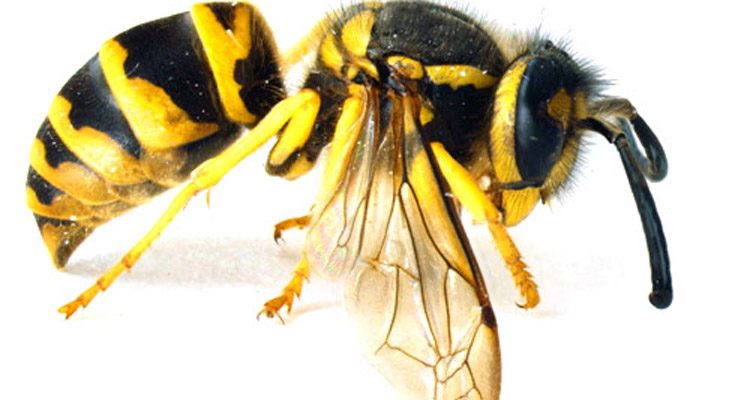










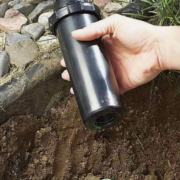

Comments